National Health Service (NHS): How Healthcare Works in
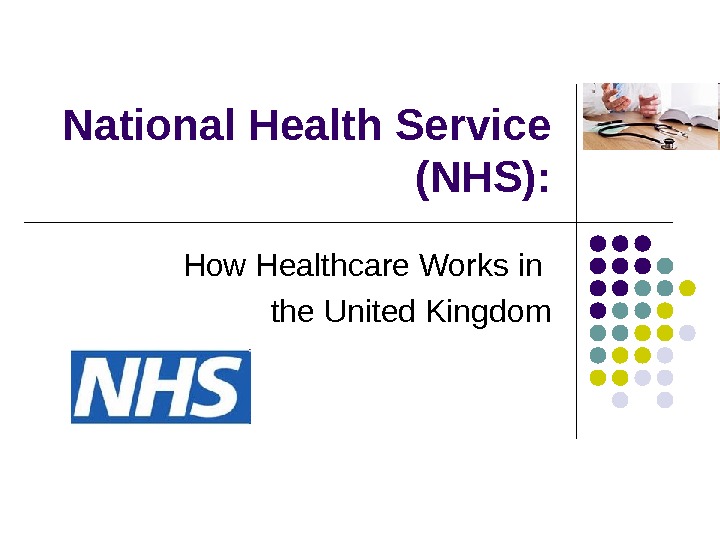
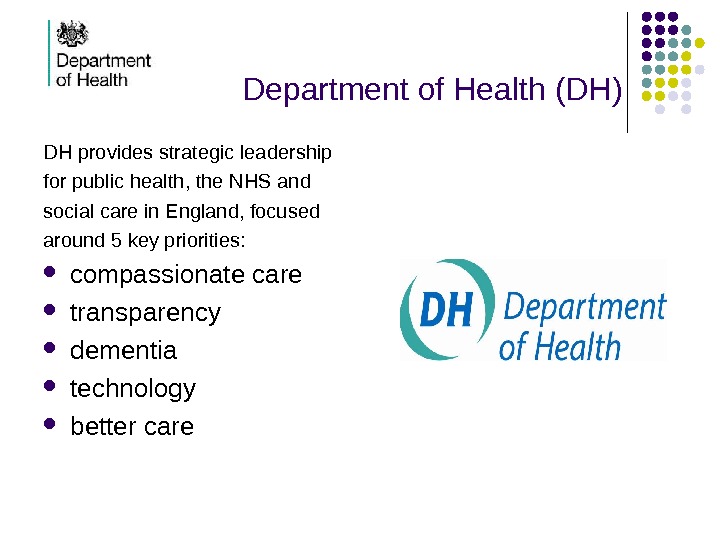
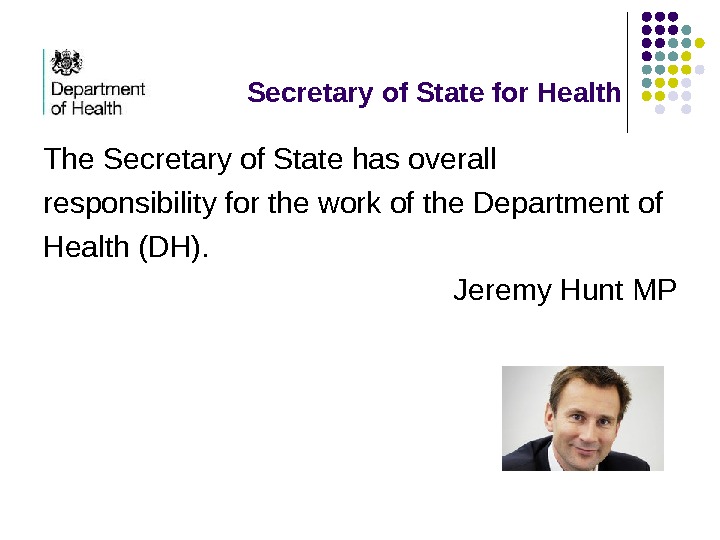
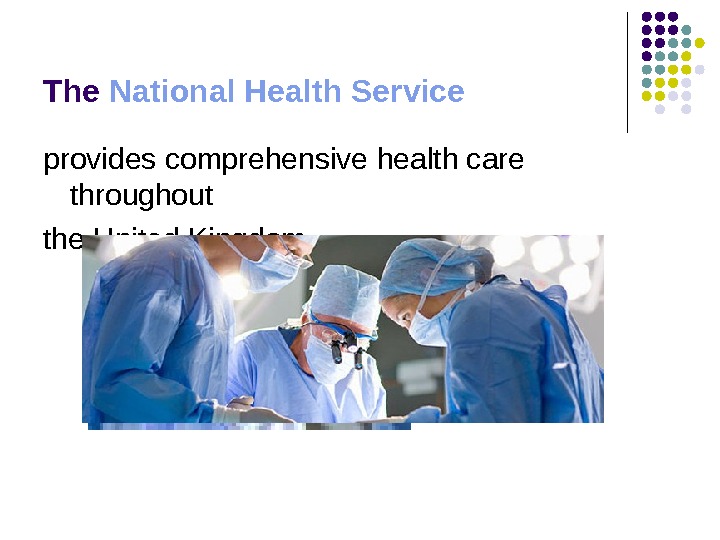
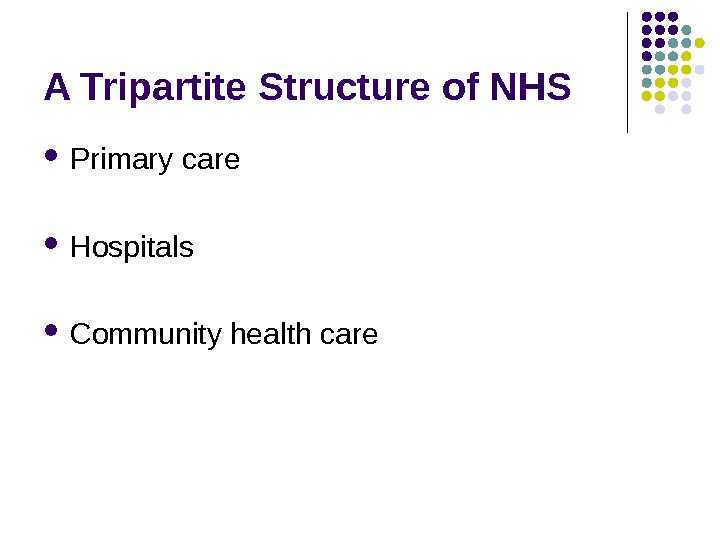

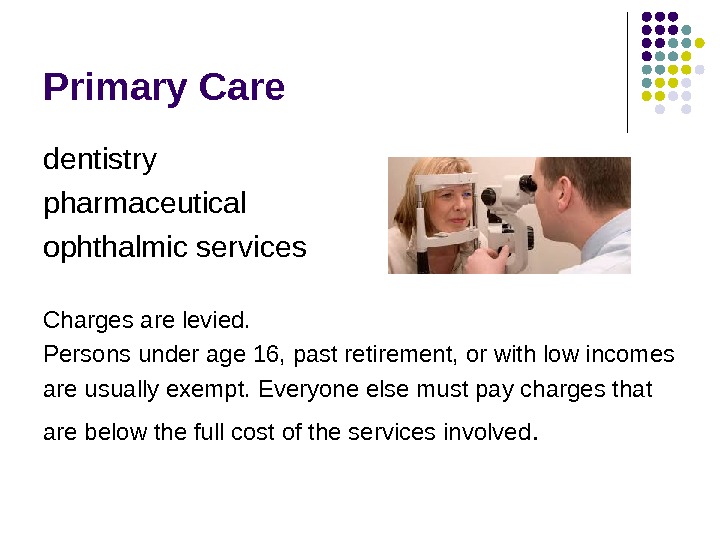
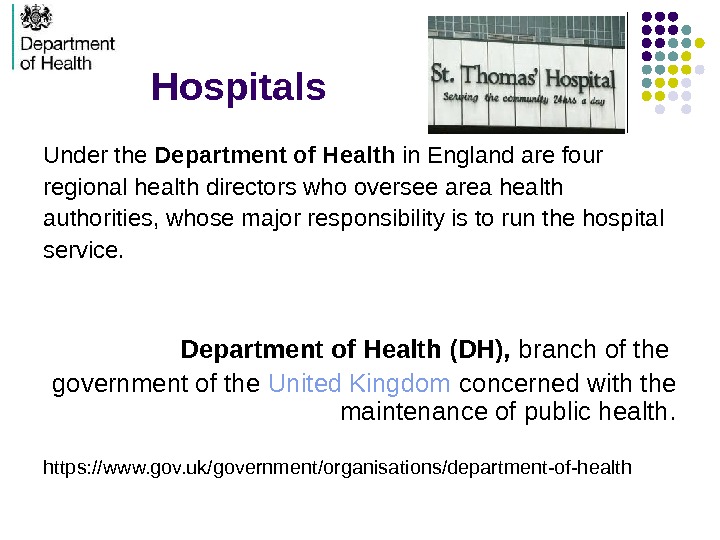
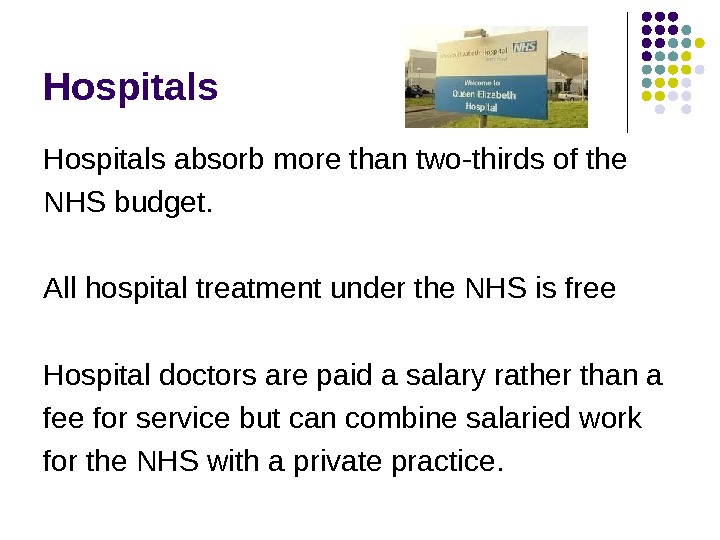
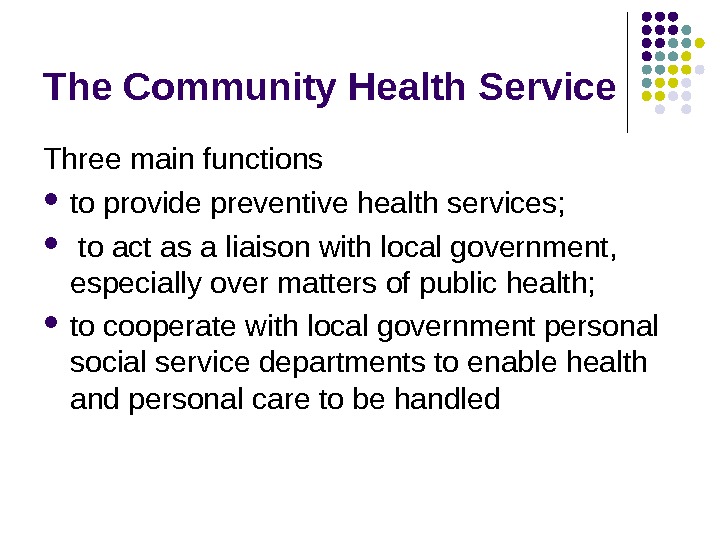
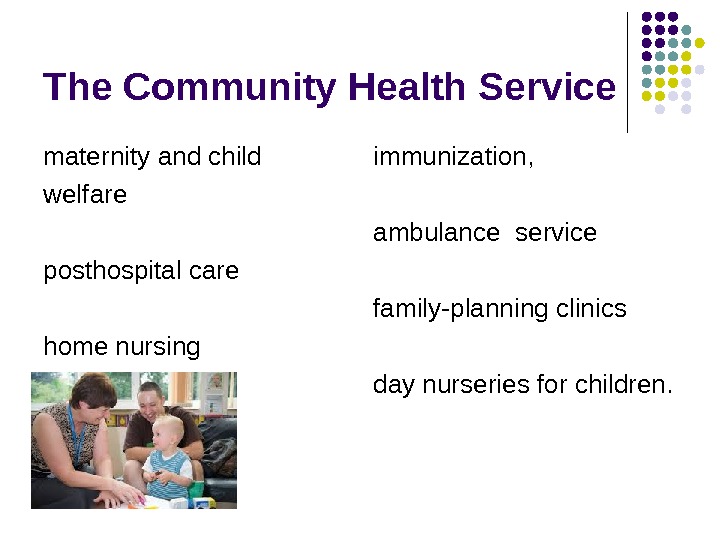
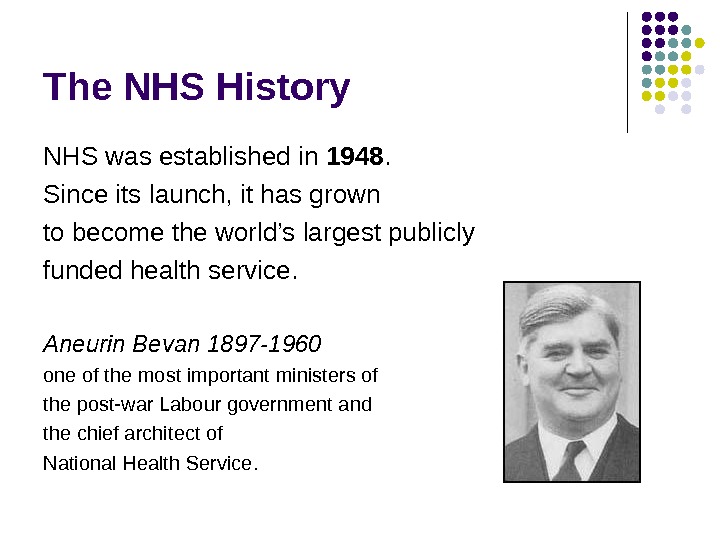
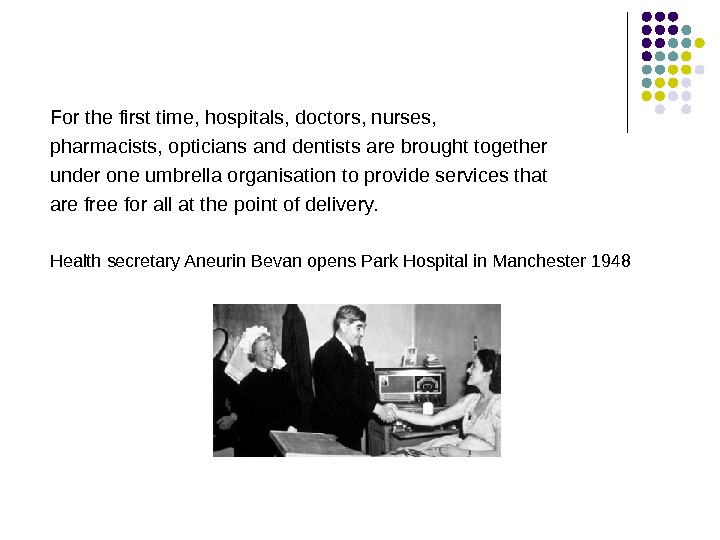
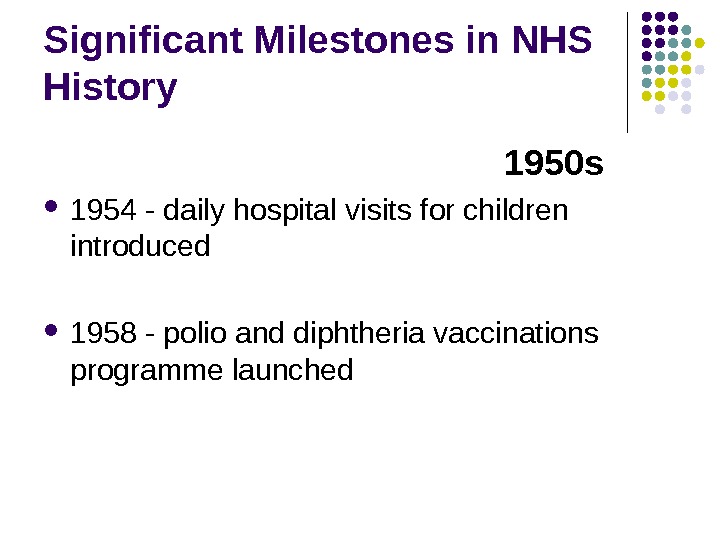
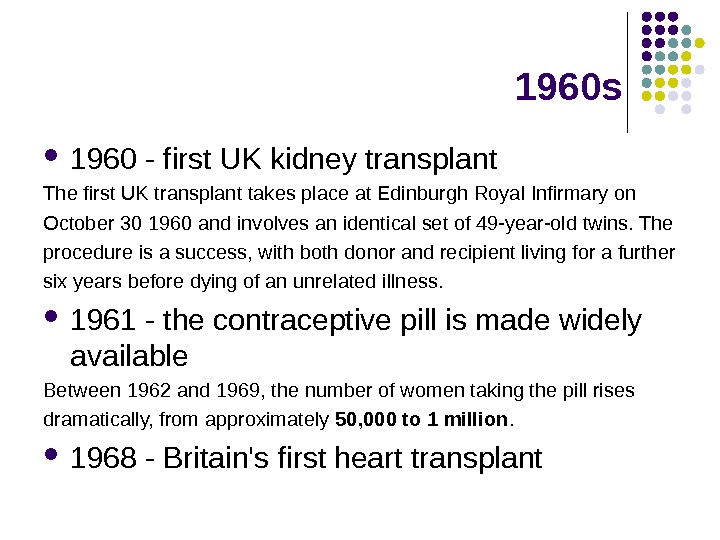
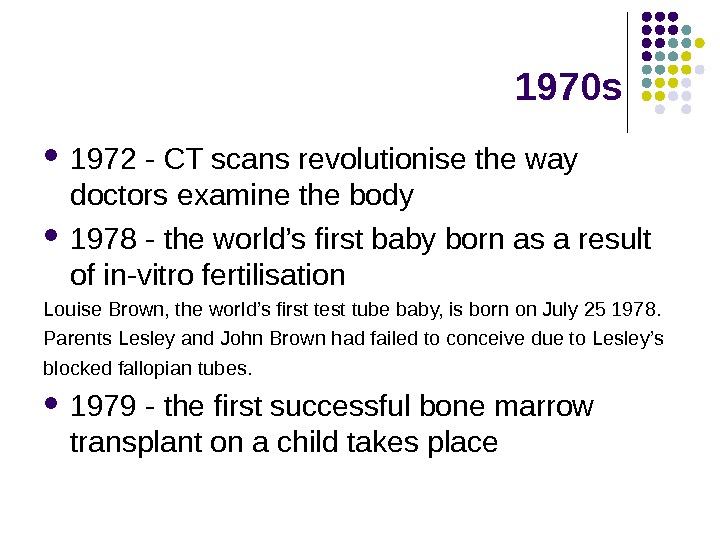
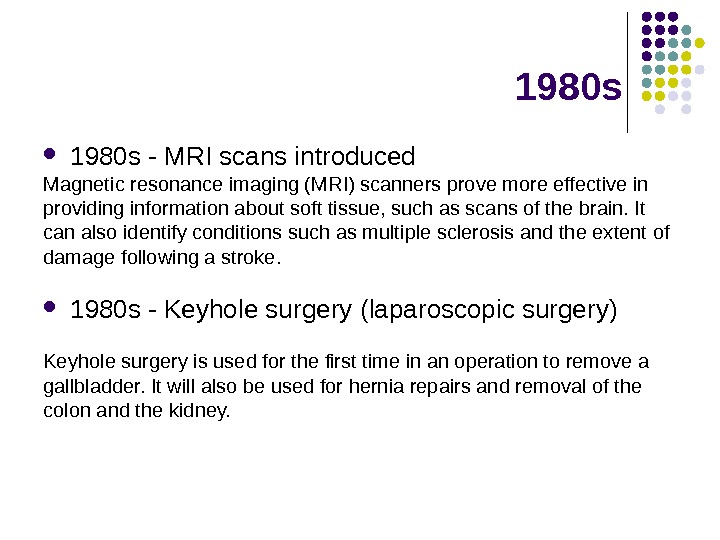
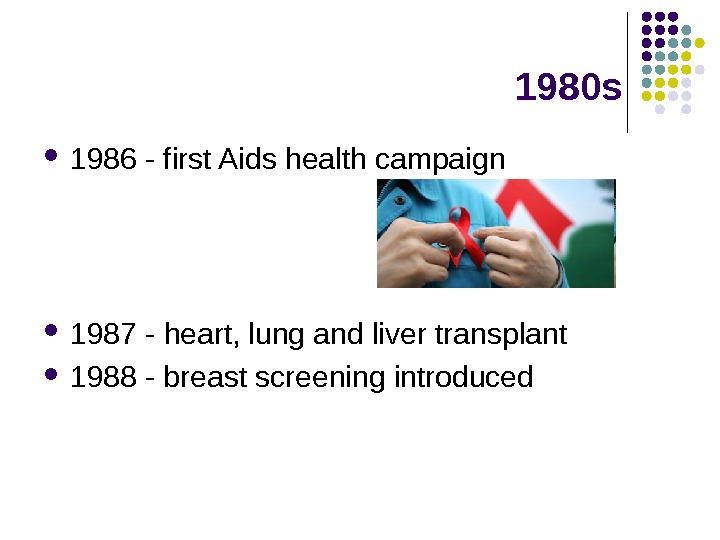
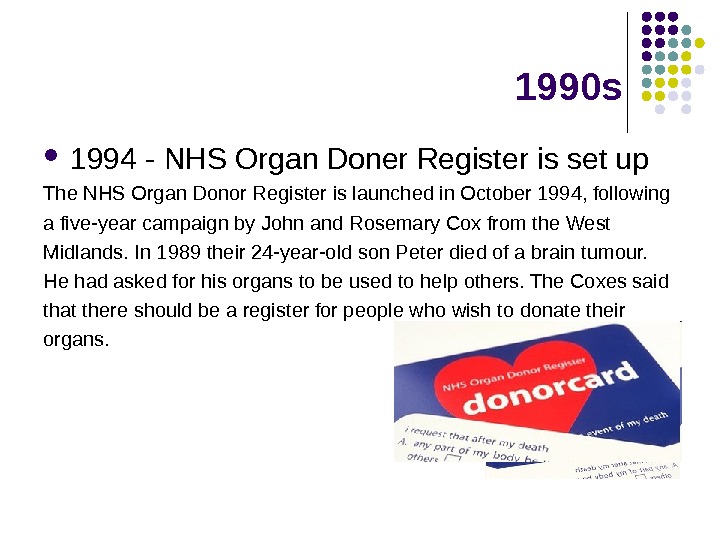
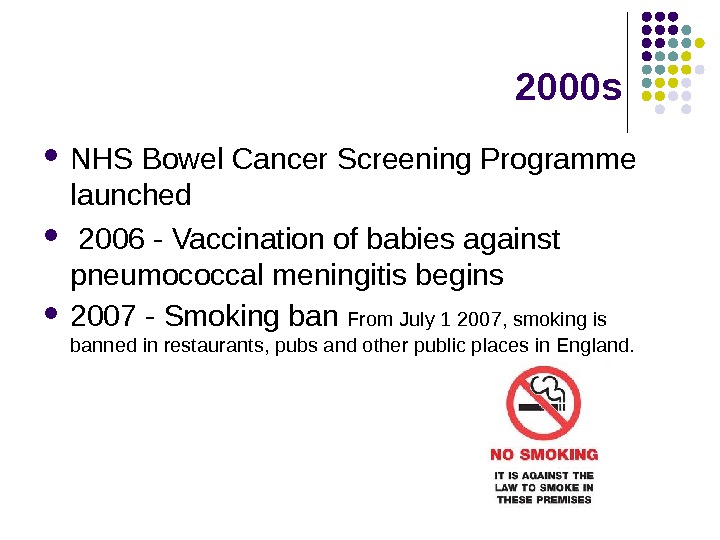
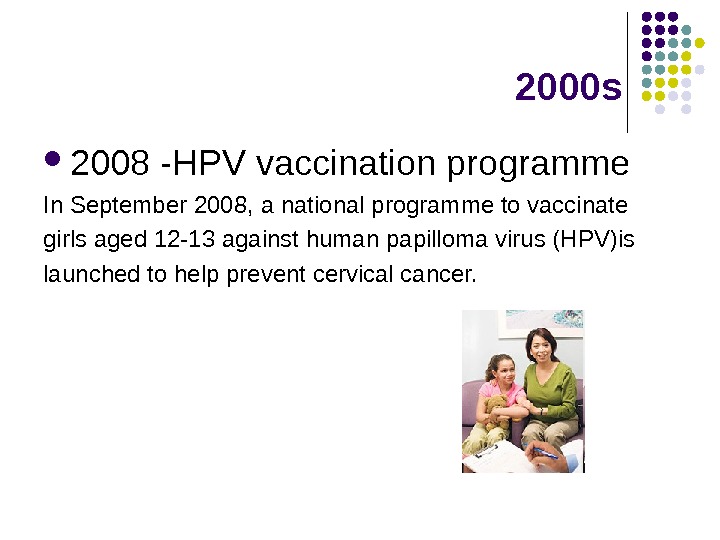
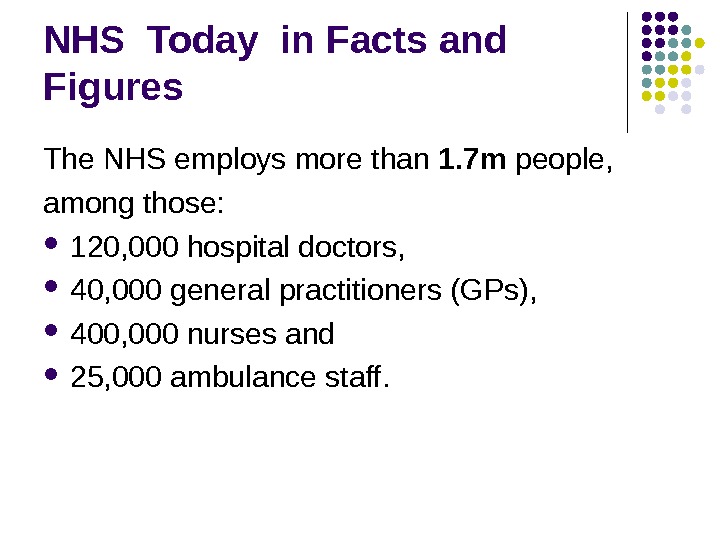
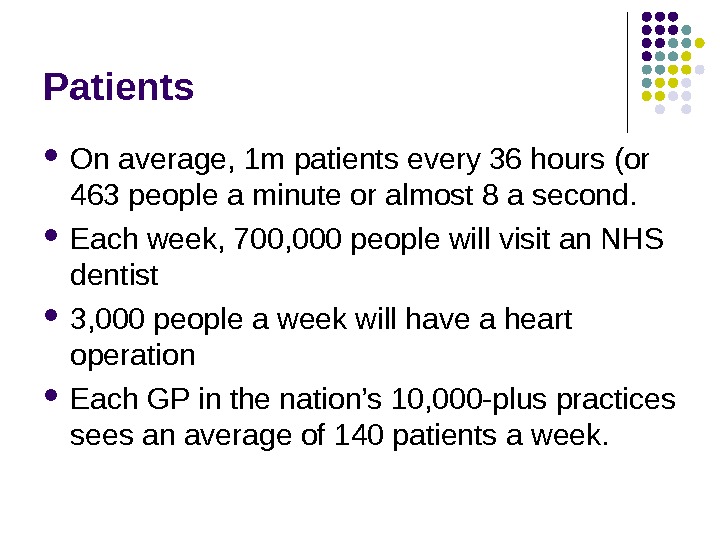
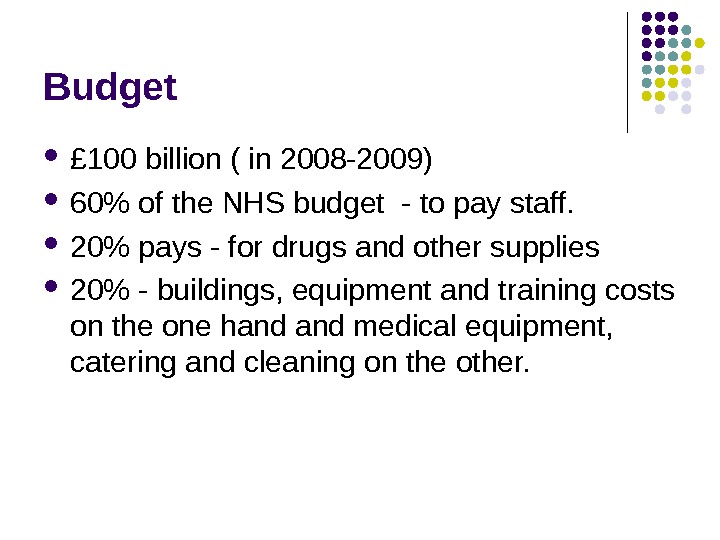

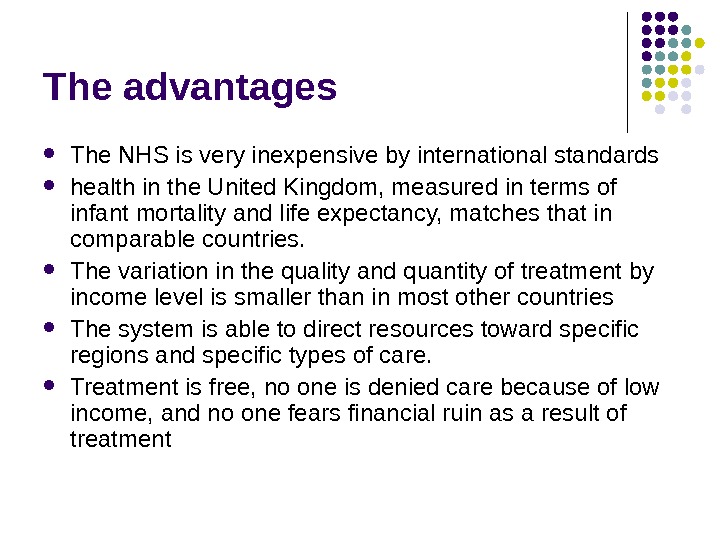
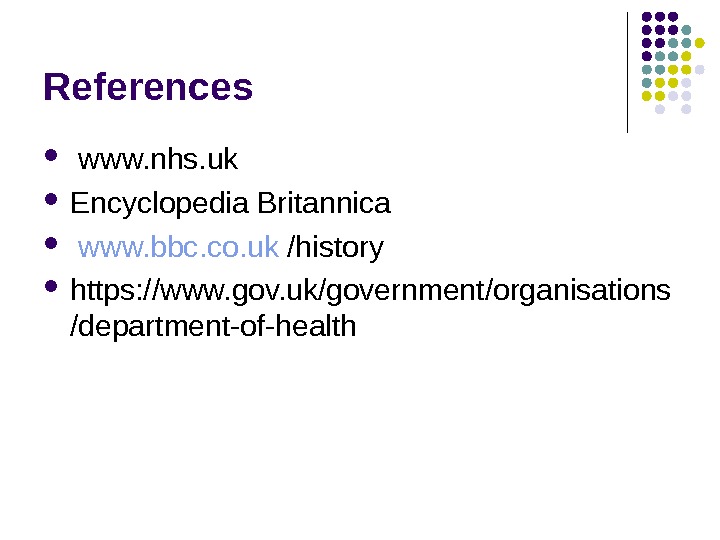
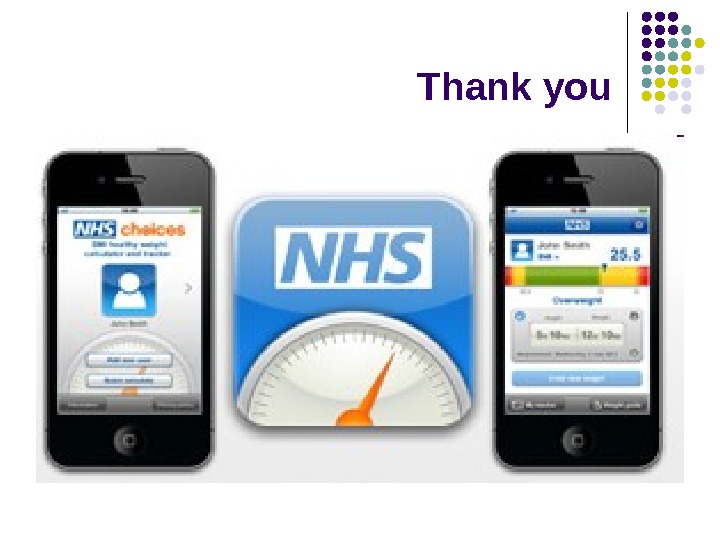
national_health_service_new.ppt
- Размер: 1021 Кб
- Количество слайдов: 28
Описание презентации National Health Service (NHS): How Healthcare Works in по слайдам
 National Health Service (NHS): How Healthcare Works in the United Kingdom
National Health Service (NHS): How Healthcare Works in the United Kingdom
 Department of Health (DH) DH provides strategic leadership for public health, the NHS and social care in England, focused around 5 key priorities: compassionate care transparency dementia technology better care
Department of Health (DH) DH provides strategic leadership for public health, the NHS and social care in England, focused around 5 key priorities: compassionate care transparency dementia technology better care
 Secretary of State for Health The Secretary of State has overall responsibility for the work of the Department of Health (DH). Jeremy Hunt MP
Secretary of State for Health The Secretary of State has overall responsibility for the work of the Department of Health (DH). Jeremy Hunt MP
 The National Health Service provides comprehensive health care throughout the United Kingdom
The National Health Service provides comprehensive health care throughout the United Kingdom
 A Tripartite Structure of NHS Primary care Hospitals Community health care
A Tripartite Structure of NHS Primary care Hospitals Community health care
 Primary Care the system of general practitioners (GPs) or family doctors who • provide preventive and curative care • refer patients to hospital and specialist services. No charges. These services are free.
Primary Care the system of general practitioners (GPs) or family doctors who • provide preventive and curative care • refer patients to hospital and specialist services. No charges. These services are free.
 Primary Care dentistry pharmaceutical ophthalmic services Charges are levied. Persons under age 16, past retirement, or with low incomes are usually exempt. Everyone else must pay charges that are below the full cost of the services involved.
Primary Care dentistry pharmaceutical ophthalmic services Charges are levied. Persons under age 16, past retirement, or with low incomes are usually exempt. Everyone else must pay charges that are below the full cost of the services involved.
 Hospitals Under the Department of Health in England are four regional health directors who oversee area health authorities, whose major responsibility is to run the hospital service. Department of Health (DH), branch of the government of the United Kingdom concerned with the maintenance of public health. https: //www. gov. uk/government/organisations/department-of-health
Hospitals Under the Department of Health in England are four regional health directors who oversee area health authorities, whose major responsibility is to run the hospital service. Department of Health (DH), branch of the government of the United Kingdom concerned with the maintenance of public health. https: //www. gov. uk/government/organisations/department-of-health
 Hospitals absorb more than two-thirds of the NHS budget. All hospital treatment under the NHS is free Hospital doctors are paid a salary rather than a fee for service but can combine salaried work for the NHS with a private practice.
Hospitals absorb more than two-thirds of the NHS budget. All hospital treatment under the NHS is free Hospital doctors are paid a salary rather than a fee for service but can combine salaried work for the NHS with a private practice.
 The Community Health Service Three main functions to provide preventive health services; to act as a liaison with local government, especially over matters of public health; to cooperate with local government personal social service departments to enable health and personal care to be handled
The Community Health Service Three main functions to provide preventive health services; to act as a liaison with local government, especially over matters of public health; to cooperate with local government personal social service departments to enable health and personal care to be handled
 The Community Health Service maternity and child welfare posthospital care home nursing immunization, ambulance service family-planning clinics day nurseries for children.
The Community Health Service maternity and child welfare posthospital care home nursing immunization, ambulance service family-planning clinics day nurseries for children.
 The NHS History NHS was established in 1948. Since its launch, it has grown to become the world’s largest publicly funded health service. Aneurin. Bevan 1897 -1960 one of the most important ministers of the post-war Labour government and the chief architect of National Health Service.
The NHS History NHS was established in 1948. Since its launch, it has grown to become the world’s largest publicly funded health service. Aneurin. Bevan 1897 -1960 one of the most important ministers of the post-war Labour government and the chief architect of National Health Service.
 For the first time, hospitals, doctors, nurses, pharmacists, opticians and dentists are brought together under one umbrella organisation to provide services that are free for all at the point of delivery. Health secretary Aneurin Bevan opens Park Hospital in Manchester
For the first time, hospitals, doctors, nurses, pharmacists, opticians and dentists are brought together under one umbrella organisation to provide services that are free for all at the point of delivery. Health secretary Aneurin Bevan opens Park Hospital in Manchester
 Significant Milestones in NHS History 1950 s 1954 — daily hospital visits for children introduced 1958 — polio and diphtheria vaccinations programme launched
Significant Milestones in NHS History 1950 s 1954 — daily hospital visits for children introduced 1958 — polio and diphtheria vaccinations programme launched
 1960 s 1960 — first UK kidney transplant The first UK transplant takes place at Edinburgh Royal Infirmary on October 30 1960 and involves an identical set of 49 -year-old twins. The procedure is a success, with both donor and recipient living for a further six years before dying of an unrelated illness. 1961 — the contraceptive pill is made widely available Between 1962 and 1969, the number of women taking the pill rises dramatically, from approximately 50, 000 to 1 million. 1968 — Britain’s first heart transplant
1960 s 1960 — first UK kidney transplant The first UK transplant takes place at Edinburgh Royal Infirmary on October 30 1960 and involves an identical set of 49 -year-old twins. The procedure is a success, with both donor and recipient living for a further six years before dying of an unrelated illness. 1961 — the contraceptive pill is made widely available Between 1962 and 1969, the number of women taking the pill rises dramatically, from approximately 50, 000 to 1 million. 1968 — Britain’s first heart transplant
 1970 s 1972 — CT scans revolutionise the way doctors examine the body 1978 — the world’s first baby born as a result of in-vitro fertilisation Louise Brown, the world’s first test tube baby, is born on July 25 1978. Parents Lesley and John Brown had failed to conceive due to Lesley’s blocked fallopian tubes. 1979 — the first successful bone marrow transplant on a child takes place
1970 s 1972 — CT scans revolutionise the way doctors examine the body 1978 — the world’s first baby born as a result of in-vitro fertilisation Louise Brown, the world’s first test tube baby, is born on July 25 1978. Parents Lesley and John Brown had failed to conceive due to Lesley’s blocked fallopian tubes. 1979 — the first successful bone marrow transplant on a child takes place
 1980 s — MRI scans introduced Magnetic resonance imaging (MRI) scanners prove more effective in providing information about soft tissue, such as scans of the brain. It can also identify conditions such as multiple sclerosis and the extent of damage following a stroke. 1980 s — Keyhole surgery ( laparoscopic surgery ) Keyhole surgery is used for the first time in an operation to remove a gallbladder. It will also be used for hernia repairs and removal of the colon and the kidney.
1980 s — MRI scans introduced Magnetic resonance imaging (MRI) scanners prove more effective in providing information about soft tissue, such as scans of the brain. It can also identify conditions such as multiple sclerosis and the extent of damage following a stroke. 1980 s — Keyhole surgery ( laparoscopic surgery ) Keyhole surgery is used for the first time in an operation to remove a gallbladder. It will also be used for hernia repairs and removal of the colon and the kidney.
 1980 s 1986 — first Aids health campaign 1987 — heart, lung and liver transplant 1988 — breast screening introduced
1980 s 1986 — first Aids health campaign 1987 — heart, lung and liver transplant 1988 — breast screening introduced
 1990 s 1994 — NHS Organ Doner Register is set up The NHS Organ Donor Register is launched in October 1994, following a five-year campaign by John and Rosemary Cox from the West Midlands. In 1989 their 24 -year-old son Peter died of a brain tumour. He had asked for his organs to be used to help others. The Coxes said that there should be a register for people who wish to donate their organs.
1990 s 1994 — NHS Organ Doner Register is set up The NHS Organ Donor Register is launched in October 1994, following a five-year campaign by John and Rosemary Cox from the West Midlands. In 1989 their 24 -year-old son Peter died of a brain tumour. He had asked for his organs to be used to help others. The Coxes said that there should be a register for people who wish to donate their organs.
 2000 s NHS Bowel Cancer Screening Programme launched 2006 — Vaccination of babies against pneumococcal meningitis begins 2007 — Smoking ban From July 1 2007, smoking is banned in restaurants, pubs and other public places in England.
2000 s NHS Bowel Cancer Screening Programme launched 2006 — Vaccination of babies against pneumococcal meningitis begins 2007 — Smoking ban From July 1 2007, smoking is banned in restaurants, pubs and other public places in England.
 2000 s 2008 -HPV vaccination programme In September 2008, a national programme to vaccinate girls aged 12 -13 against human papilloma virus (HPV)is launched to help prevent cervical cancer.
2000 s 2008 -HPV vaccination programme In September 2008, a national programme to vaccinate girls aged 12 -13 against human papilloma virus (HPV)is launched to help prevent cervical cancer.
 NHS Today in Facts and Figures The NHS employs more than 1. 7 m people, among those: 120, 000 hospital doctors, 40, 000 general practitioners (GPs), 400, 000 nurses and 25, 000 ambulance staff.
NHS Today in Facts and Figures The NHS employs more than 1. 7 m people, among those: 120, 000 hospital doctors, 40, 000 general practitioners (GPs), 400, 000 nurses and 25, 000 ambulance staff.
 Patients On average, 1 m patients every 36 hours (or 463 people a minute or almost 8 a second. Each week, 700, 000 people will visit an NHS dentist 3, 000 people a week will have a heart operation Each GP in the nation’s 10, 000 -plus practices sees an average of 140 patients a week.
Patients On average, 1 m patients every 36 hours (or 463 people a minute or almost 8 a second. Each week, 700, 000 people will visit an NHS dentist 3, 000 people a week will have a heart operation Each GP in the nation’s 10, 000 -plus practices sees an average of 140 patients a week.
 Budget £ 100 billion ( in 2008 -2009) 60% of the NHS budget — to pay staff. 20% pays — for drugs and other supplies 20% — buildings, equipment and training costs on the one hand medical equipment, catering and cleaning on the other.
Budget £ 100 billion ( in 2008 -2009) 60% of the NHS budget — to pay staff. 20% pays — for drugs and other supplies 20% — buildings, equipment and training costs on the one hand medical equipment, catering and cleaning on the other.
 Problems resources are scarce; many hospital buildings are old; long waiting lists for nonurgent conditions; the distribution of health care by social class and by region is less equal than many would wish; management needs to be improved.
Problems resources are scarce; many hospital buildings are old; long waiting lists for nonurgent conditions; the distribution of health care by social class and by region is less equal than many would wish; management needs to be improved.
 The advantages The NHS is very inexpensive by international standards health in the United Kingdom, measured in terms of infant mortality and life expectancy, matches that in comparable countries. The variation in the quality and quantity of treatment by income level is smaller than in most other countries The system is able to direct resources toward specific regions and specific types of care. Treatment is free, no one is denied care because of low income, and no one fears financial ruin as a result of treatment
The advantages The NHS is very inexpensive by international standards health in the United Kingdom, measured in terms of infant mortality and life expectancy, matches that in comparable countries. The variation in the quality and quantity of treatment by income level is smaller than in most other countries The system is able to direct resources toward specific regions and specific types of care. Treatment is free, no one is denied care because of low income, and no one fears financial ruin as a result of treatment
 References www. nhs. uk Encyclopedia Britannica www. bbc. co. uk /history https: //www. gov. uk/government/organisations /department-of-health
References www. nhs. uk Encyclopedia Britannica www. bbc. co. uk /history https: //www. gov. uk/government/organisations /department-of-health
 Thank you
Thank you
